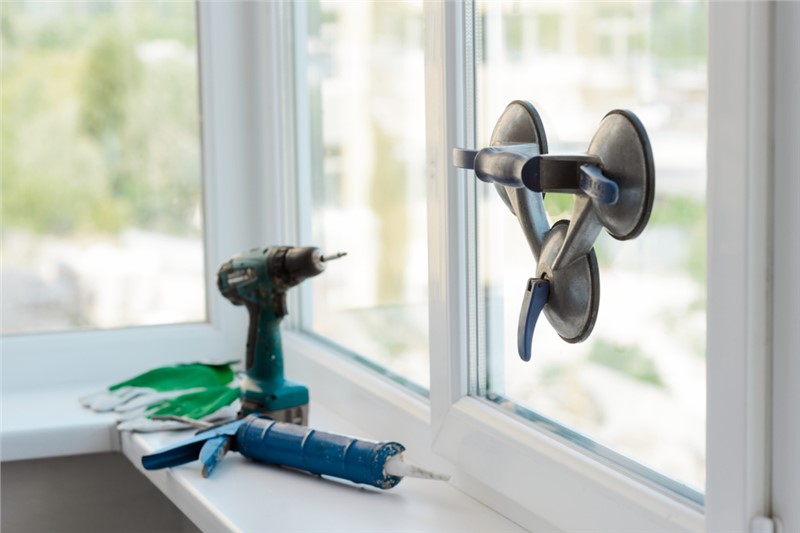
Who sets the standard for window ratings and why do they matter?
All new windows and doors are rated by the National Fenestration Rating Council (NFRC). This rating is used to determine whether a product qualifies for the Energy Star program. If the preset standard is met, that indicates a strong performance in areas such as thermal efficiency (U-Factor), durability (DP Rating), and sound transmission (STC Rating).
What’s the difference between R-Value and U-Factor?
Both the U-Factor and R-Value are used to measure thermal performance of window glass. When looking at the U-Factor, a lower rating is best. You want a rating between 0.17 and 0.39 for optimal performance in cold climates. When looking at the R-Value, higher numbers are best; a rating between 2.5 and 6 is considered a quality rating.
R-Value was the industry norm prior to a tightening of the standard in 2008 by the NFRC. Now, U-Factor offers a more accurate representation of the window’s performance.
Why is that? R-Value measures the efficiency of the glass center only. U-Factor considers the entire glass along with the window frame for a more complete picture of performance.
How should I compare VT ratings?
Visible transmittance (VT) measures the amount of light that is transmitted through the window. If you want more natural lighting inside of your home, then you want a higher VT score. These numbers range between 0 and 1. For example, double and triple-pane windows usually land between 0.30 and 0.70.
Before you compare the VT rating of multiple windows, keep in mind that the VT rating does not measure the glass alone. This rating also considers the thickness of the window frame and sash, glass coatings, and the presence of window grids or munitions. So, look at the VT rating of like-featured windows for an accurate comparison.
Do thicker window frames have a better DP rating?
The strength of the window is measured by the Design pressure (DP) rating. If you live in a storm-prone area such as a hurricane zone, then you want a widow with the highest DP rating possible—at least 15-50.
You might assume that thicker window frames have a higher DP rating. However, that is not always the case. What’s more important is the material used to manufacture the frame, so look for the DP rating instead of relying solely on frame thickness.
Do triple-pane glass windows have the best STC rating?
If you live in a noisy area and you want windows that block unwanted sound pollution, then STC rating is important for you.
Sound Transmission Class deals will efficiency and sound proofing. The higher the rating, the better performance you will get. Standard windows usually score between 18-20. Windows that are designed with sound transmission in mind fall between 28-32; some go as high as 48.
Sometimes windows with multiple glass panes offer better sound proofing, but that is not always the case. It depends on the thickness of the window glass, gas fill, and other manufacturing features. Ask for the STC rating to make sure you’re getting the noise-blocking benefits you want.
Are there other ratings I should know about?
The above ratings are important when looking for an energy-efficient, durable, and quiet window, but that’s not all. These ratings are also very useful:
· CR Rating: Condensation resistance is an important energy efficiency marker. The higher the score the better the performance; look for a CR rating between 30 and 80.
· Air Infiltration: If you live in an area with strong winds, then this rating is important for you. Look for a rating of 0.30 cfm/sqft or lower. This measurement considers how many cubit feet of air can pass through your window during a constant 25-mph wind.
Do you need high-performance replacement windows?
Choosing the right windows for your home can be tricky, but the window contractors at Texas Remodel Team are here to help. We offer a variety of stylish windows that are highly efficient, durable, and made to withstand harsh hurricane winds. Contact us today to learn more or to request a free window installation cost estimate!
Subscribe to Texas Remodel Team's Blog





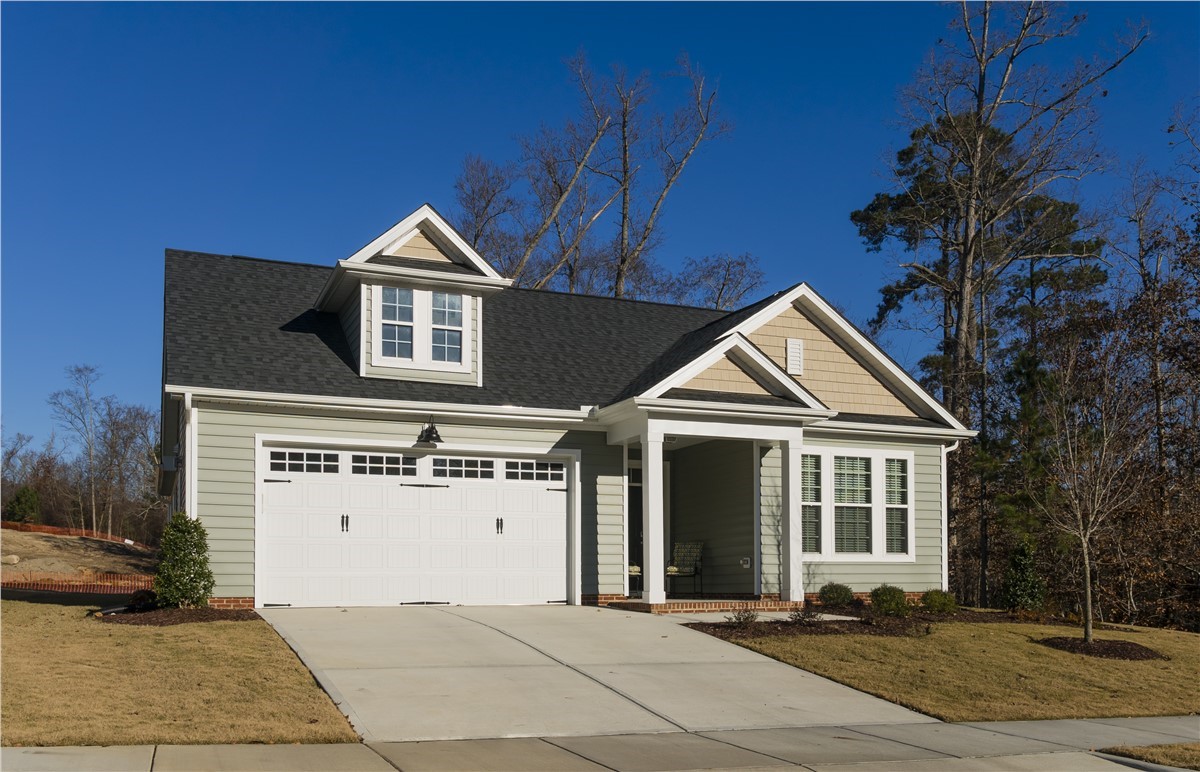
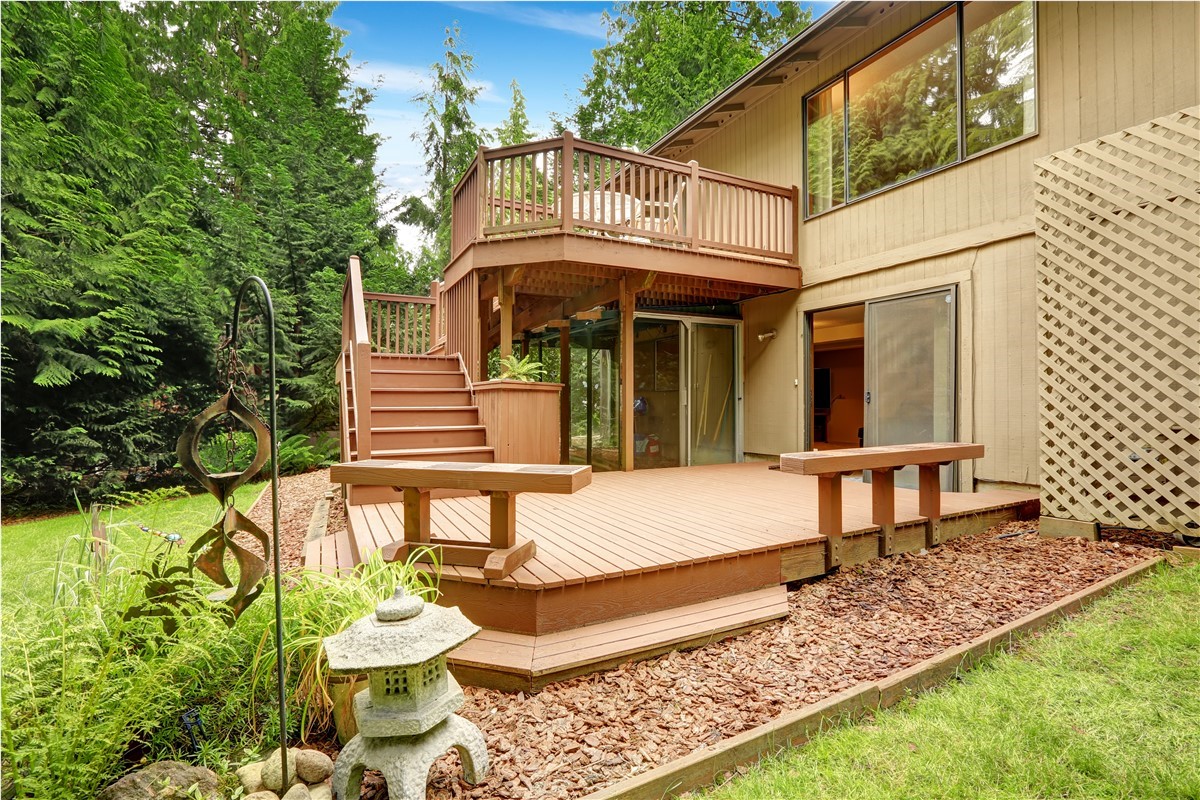

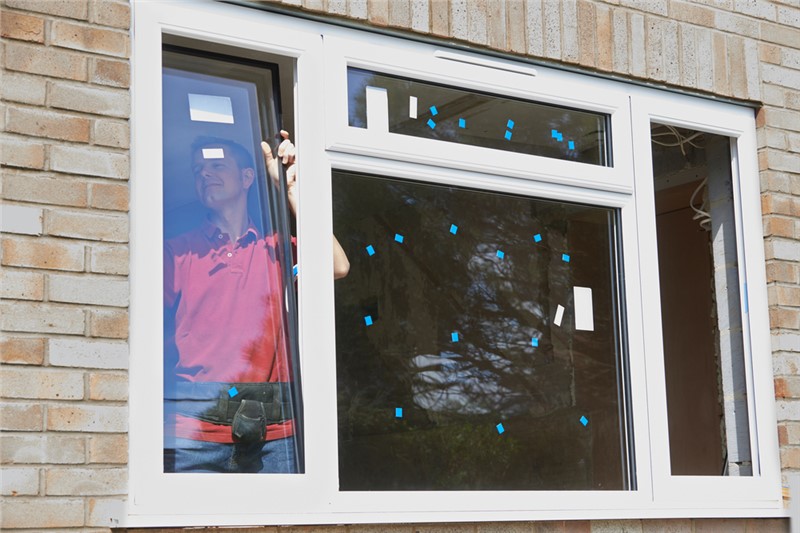
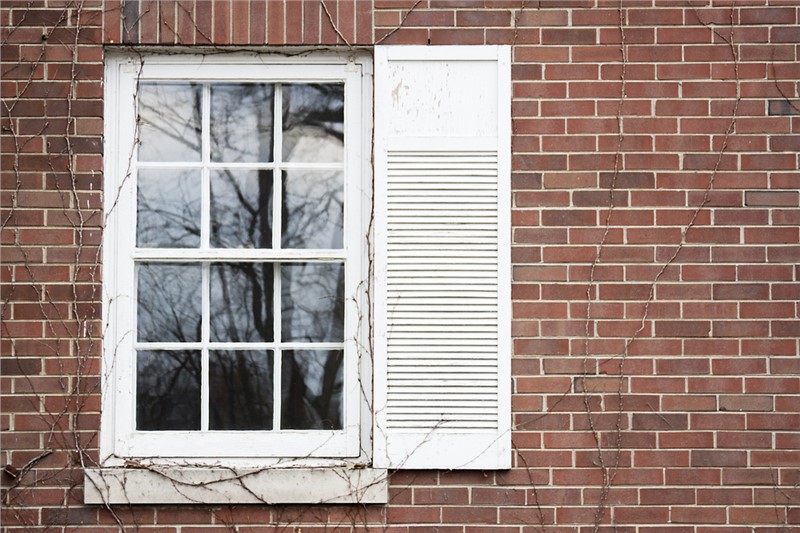

Comments